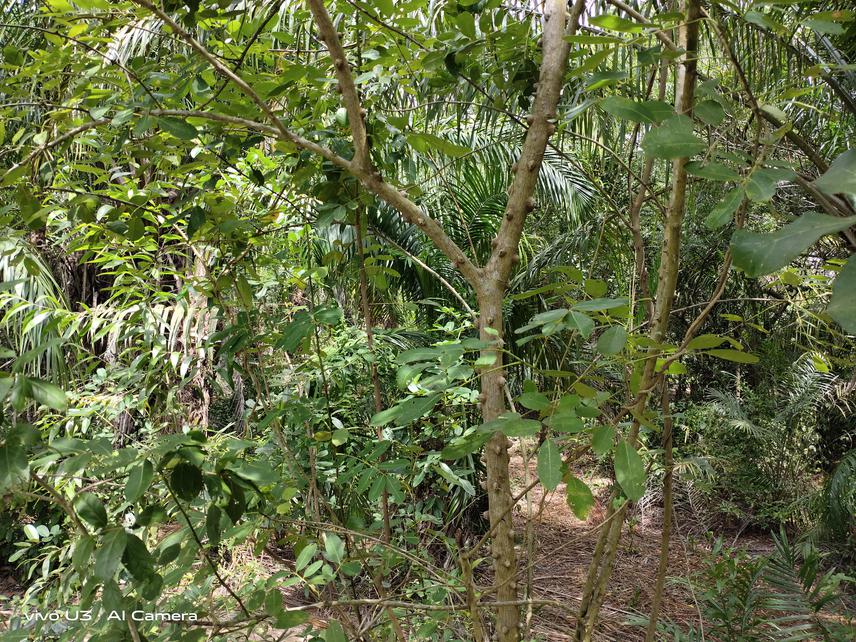Mohammed Armani
In this project, we will characterise changes in species composition and vegetation structure in the coastal savanna of Ghana (CSG) and identify the underlying drivers. Through collaboration with relevant local stakeholders, we will also explore options for conserving species and habitats within the CSG. The output of this work will pave the way for effective management and conservation of the CSG by providing crucial information for guiding community-based conservation activities.

The CSG is the most extensive part of the coastal savanna of West Africa Africa – which includes the palm savannas of Ivory Coast and Liberia. This rare and unique savanna vegetation is distinct from any other known vegetations in Africa. The CSG is of high conservation value due to 1) presence of diverse habitat types (dry forest, thicket, savanna, and grassland), 2) several species (40) found here that have disjunct distribution (they do not occur in any of the ecological zones that share boundary with the CSG but are known to occur elsewhere in Africa), and 3) species shared with neighbouring ecosystems (e.g., Guinean savanna and rainforest species) reach their geographic and ecological limits within the CSG.
In spite of its high conservation value, the CSG is currently acutely threatened by urbanization, land conversion, and climate change. Conservative estimate indicates that over 80% of the CSG landscape has been converted to urban and agricultural lands in the past 30 years. Such rapid land use changes are expected to have significant impacts on the ecology and conservation of the CSG given it fragility. However, we currently know little about the conservation status of this unique vegetation type.
In this project, we seek to perform three interlinked tasks that will provide greater insights into the vegetation dynamics and conservation status of the CSG. First, we characterize changes in species composition and vegetation structure across the different vegetation types over the past 50 years.
Secondly, we explore the relative importance of changes in climate, land use and disturbance factors (e.g., fire, herbivory, flooding, etc) in explaining trajectories of change in vegetation composition and structure. Finally, we will, in collaboration with relevant stakeholders, explore options for conserving species and habitats within the CSG landscape.